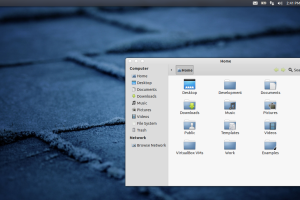Miguel de Icaza wrote an interesting piece today sharing his thoughts on what he thinks is the lack of penetration by Linux in the desktop market. He points to development principles that have hurt backwards and cross-distribution compatibility, making the operating system less likely to function as well as the likes of Apple’s OS X.
I think he raises some very valid arguments, but I also believe he’s missing the elephant in the room. I would summarize my explanation as to the lack of adoption as people take the path of least resistance.
That means using whatever comes on the system they bought. How often do casual users go through the trouble of switching operating systems after the fact? That’s a lot to ask from regular people. If the benefits are there, some may make the jump – but there’s a really high threshold you have to reach before they’ll be willing to overcome their reservations on the matter.
Meanwhile, what motivation do computer manufacturers have to include it by default on their end? The path of least resistance is to keep using what’s worked. That means Windows. There’s a financial risk to deviate from that.
I think as the hybridization of tablets with laptops go mainstream, there’s an opportunity for Linux to hit the desktop market by way of Android. If everyone’s used to laptops that behave like the mobile operating systems of today, it won’t be such a big jump to then have desktops that use Android. I think the rise of hybrids will have the effect of making mobile operating systems more desktop-y, making it more suitable as a workstation product.
